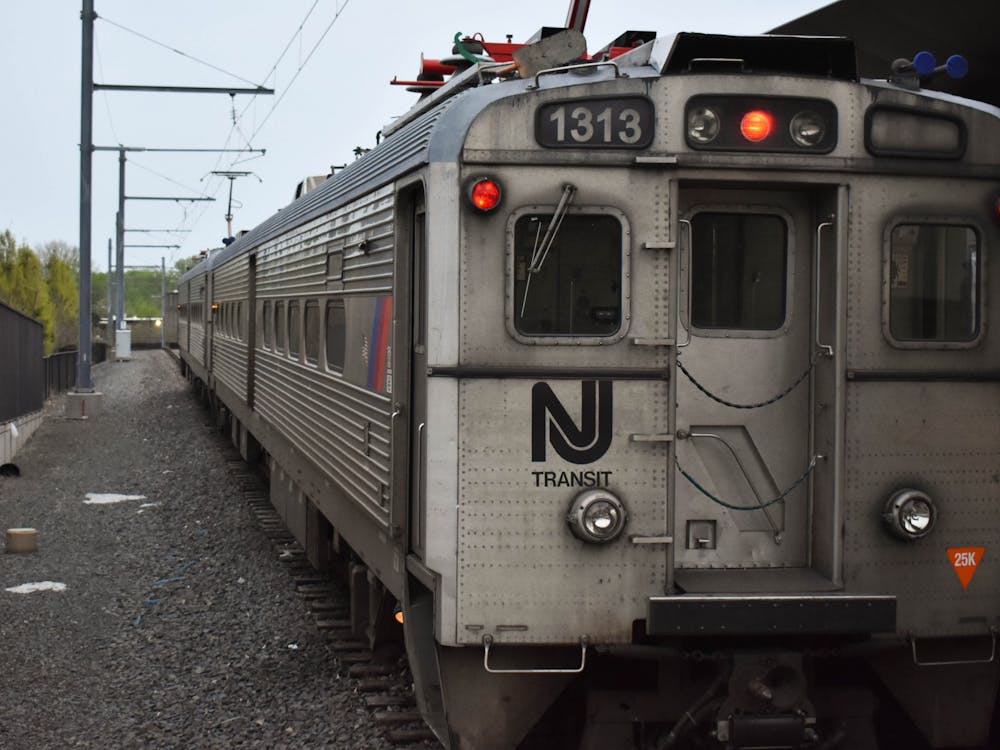After any public emergency, officials on Princeton’s Emergency Preparedness Task Force review the manner in which the situation was handled and look for ways to improve campus safety procedures. Undoubtedly, then, the review of last Saturday morning’s incident will be one of the most important Princeton has ever conducted. With this in mind, the Editorial Board has a few suggestions.
On Saturday, students who had previously signed up for the mobile notification system by inputting their cell phone numbers on SCORE received text messages and phone calls warning them to take precautions. At last count, there were many students (mostly upperclassmen), however, who did not sign up for the system and thus received only an e-mail warning. Given the relative chance of students seeing their e-mail versus hearing their phone ring, this is clearly a less than desirable situation. Though the University might not want to force students to register their cell phone numbers, better publicity — including more visible instructions with course registration e-mails — might increase enrollment in the system. Moreover, explaining on SCORE that cell phone information would only be used in the event of a campus emergency might make students more comfortable with giving their personal phone numbers to the University. However it is done, maximizing enrollment in the notification system should be a clear priority.
Even with 100 percent enrollment, however, it is still plausible that some students would not receive the alerts: if they did not own cell phones or were outside or were away from their phones or computers at the time. At the time of the incident on Saturday morning, for instance, observant Jews were not using their phones or computers. Had a student really been actively using a gun, students without phones or not answering them might have found themselves outside without any knowledge of what was going on.
One way to increase warning coverage would be to install an unobtrusive public announcement system on campus, which would alert students without mobile phones and visitors to campus in the event of an emergency. This was one of the policies recommended by security professionals after the Virginia Tech tragedy in 2007, and the University should explore its implementation. Similarly, the University might investigate using prox boxes as a similar warning system, perhaps by having the boxes flash repeatedly in emergency situations. This could immediately alert many individuals.
The University’s emergency response should also address the role that eating clubs play as centers of student activity. Especially on Thursday or Saturday nights, a large number of students could be in any of the 10 clubs, none of which have direct access to University information. In future emergencies, sending bouncers or club officials messages with more specifics about the situation — a description of the suspect or of any weapon being carried — could be the difference between a concerted Street-wide response and confusion. As bouncers are responsible for admitting students into the clubs and interacting with students outside, they could be indispensable in helping notify those inside and outside their buildings and employing appropriate protective measures. Whether a perpetrator was carrying a handgun or automatic weapon could, for instance, dictate the security responses of the clubs.
As the Editorial Board said Monday, last Saturday’s incident has provided the campus community with an important chance to evaluate the strengths and weaknesses of Princeton’s emergency procedures. Taking new suggestions into account could make the University’s emergency response more effective and ensure students remain as safe as possible in the future.







